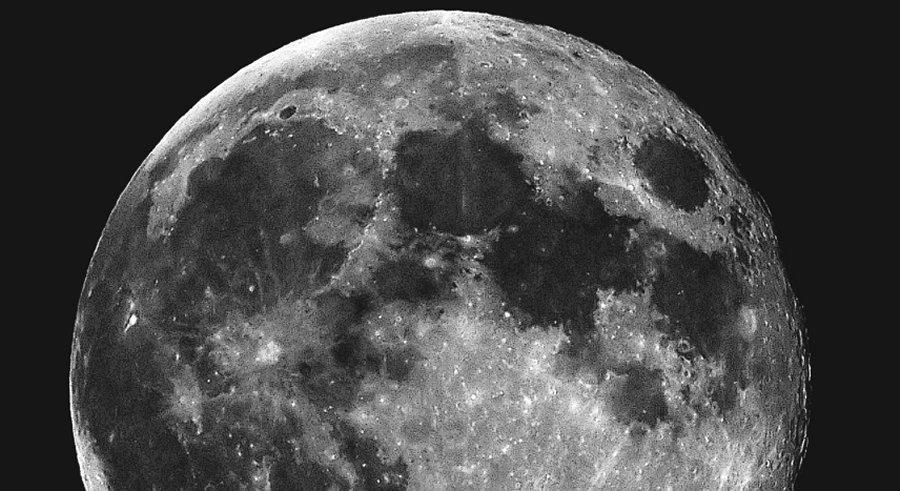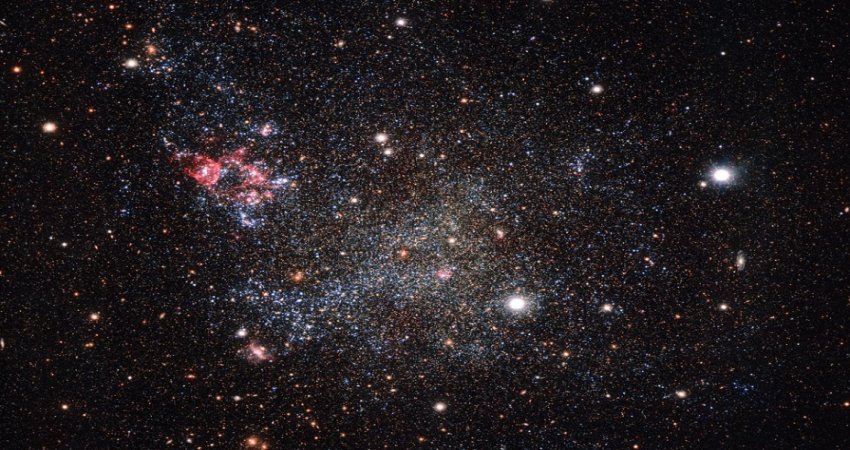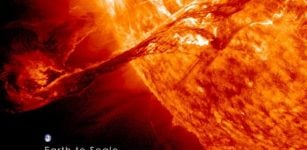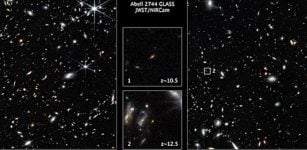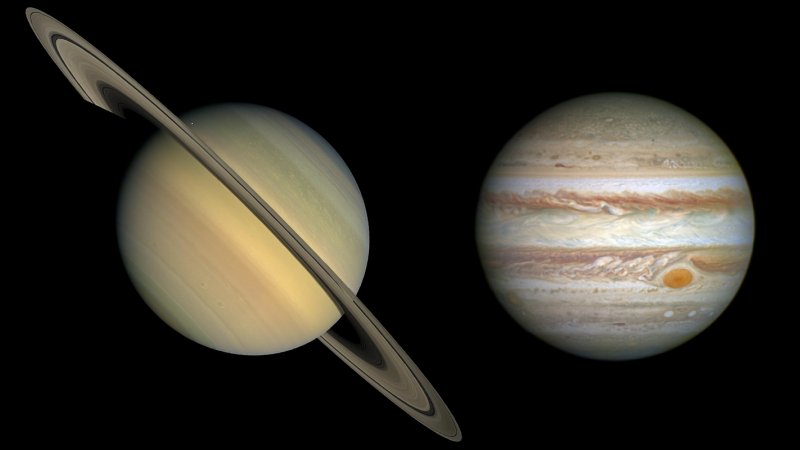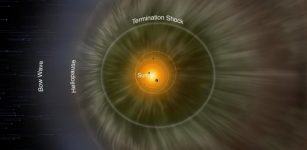Fossilized Bulge Records Moon’s Slow Retreat From Our Planet
MessageTo Eagle.com – CU Boulder researchers present a research that sheds new light on the Moon’s excessive equatorial bulge, a feature that solidified in place over four billion years ago as the Moon gradually distanced itself from the Earth.
“The Moon’s fossil bulge may contain secrets of Earth’s early evolution that were not recorded anywhere else,” said Shijie Zhong, a professor in CU Boulder’s Department of Physics and the co-lead author of the new research.
The Moon currently recedes from the Earth at a rate of about 4 cm per year according to lunar laser ranging observations from the Apollo missions. The recession is believed to result from gravitational or tidal interaction between the Earth and Moon. The same process also causes Earth’s rotation to slow down and the length of day to increase. However, the recession rate for the early Moon is largely unconstrained.
The research sets parameters on how quickly the Moon could have receded from the Earth and suggests that the nascent planet’s hydrosphere was either non-existent or still frozen at the time, indirectly supporting the theory of a fainter, weaker Sun that at the time radiated around 30 percent less energy than it does today.
Using a first-of-its-kind dynamic model, Zhong and his colleagues determined that the process was not sudden but rather quite slow, lasting several hundred million years as the Moon moved away from the Earth during the Hadean time or around 4 billion years ago.
“Our model captures two time-dependent processes and this is the first time that anyone has been able to put timescale constraints on early lunar recession, continues Shijie Zhong.”
Scientists have long theorized that the Moon, born hot, rotated fast after its formation and possessed an equatorial bulge much greater in size than it does today. About two hundred years ago, French mathematician and physicist Pierre-Simon Laplace determined that the Moon’s equatorial bulge was too large (by twenty times) for its one-revolution-per-month rotational rate.
The bulge tended to shrink in adjustment to reduced rotational force as the Moon moved farther from the Earth and reduced its rotational rate, until the Moon cooled and stiffened enough to have solidified a permanent bulge in its crust, creating the fossil bulge – a feature of which timing and necessary conditions to form – are unknown.
Read more in original story.
The study is published in Geophysical Research Letters.
MessageToEagle.com
Expand for references
